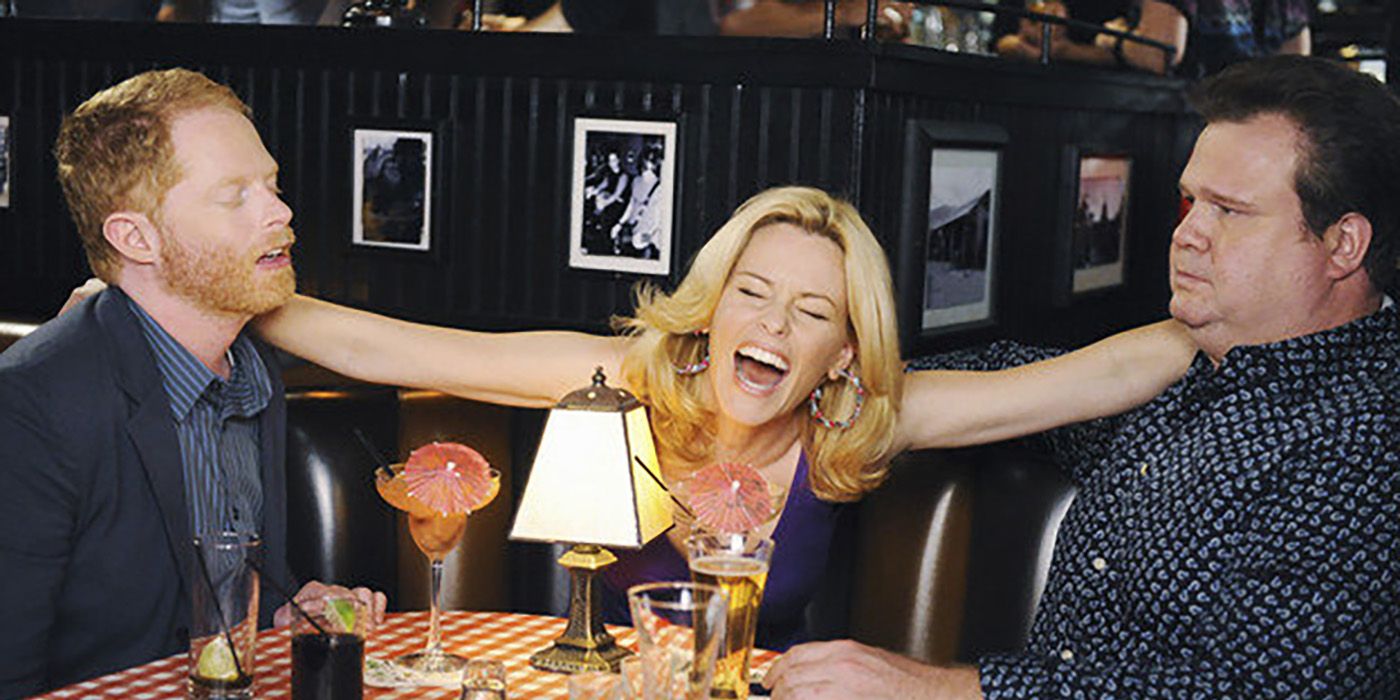
By contrast, in his seminal text Hitchcock: The Murderous Gaze, William Rothman praises Hitchcock’s use of camera movement in a film as early as The Lodger (1927), in which, in the shot of the Lodger knocking on the Buntings’ front door, Rothman argues that Hitchcock expertly combines character, camera, and author by suggesting that this shadowy figure “has a special bond with the camera” as “an agent of the film’s author: when his hand enters the frame and seizes the knocker, setting in motion the events of the plot, it is as if Hitchcock himself were showing his hand” (Rothman 2012: 15). Wood, meanwhile, in an article amusingly written under the Hitchcockian pseudonym George Kaplan, criticizes Hitchcock’s “particular technique” of using camera movement to evoke “a kind of mental and moral somnambulism” as “largely pointless” and, moreover, as a technique that he often used “inappropriately” (Wood 1972). Crisler criticizes Hitchcock’s “inexpert camera technique,” which he identifies as merely one of the film’s many “debits” in addition to its allegedly “incorrect” editing and “uneven” sound design (Crisler 1936). In his New York Times review of Hitchcock’s British thriller Secret Agent (1936), B.R. The aspect to which I am referring is camera movement. At this point, having proven beyond a shadow of a doubt that Hitchcock ought to be seriously studied, it seems worthwhile to pose a different question: Why continue studying Hitchcock? Have we not mined all that there is to mine in the Master of Suspense’s filmography? Is there anything left to discover? Surprisingly, there is an aspect of Hitchcock’s artistry that has not only seldom been addressed but that, on the rare occasions when it has been addressed, has provoked wildly differing opinions regarding Hitchcock’s artistic skill in utilizing it and its significance in Hitchcock’s films. It has now been over half a century since Wood originally posed that question, and in that time the serious studies of Alfred Hitchcock that have proliferated, in which countless scholars have provided a multitude of different answers to that question, are virtually innumerable. To begin his groundbreaking 1965 book Hitchcock’s Films, Robin Wood posed the question: “Why take Hitchcock seriously?” (Wood 2002: 55). But it is all the more terrible, when it is shouldered, not to appreciate it, to refuse to understand something meant so well (Cavell 1976: 236-237).


It is a terrible responsibility very few have the gift and the patience and the singleness to shoulder it. The artist is responsible for everything that happens in work – and not just in the sense that it is done, but in the sense that it is meant.
#MITCH AND CAM ARTFUL LODGERS CRACK#
Phil: It's time, somebody warm some towels!Ĭlaire: Every time I crack an egg, really? : We have been renting the upstairs unit to some frat boys from Cam's old college.Unfortunately for me it's brought out Cam's bromosexual side.

They're here for some big game and to try to get on the Price is Right. We have been renting the upstairs unit to some frat boys from Cam's old college.


 0 kommentar(er)
0 kommentar(er)
